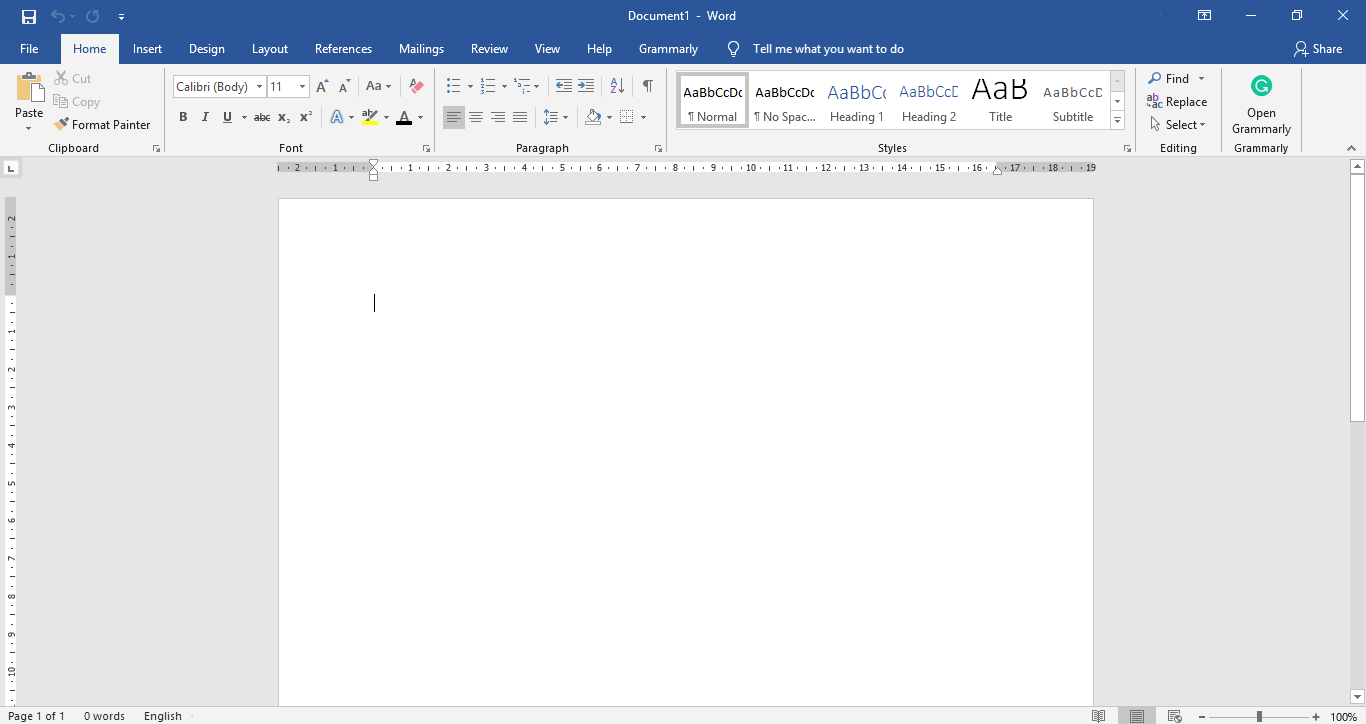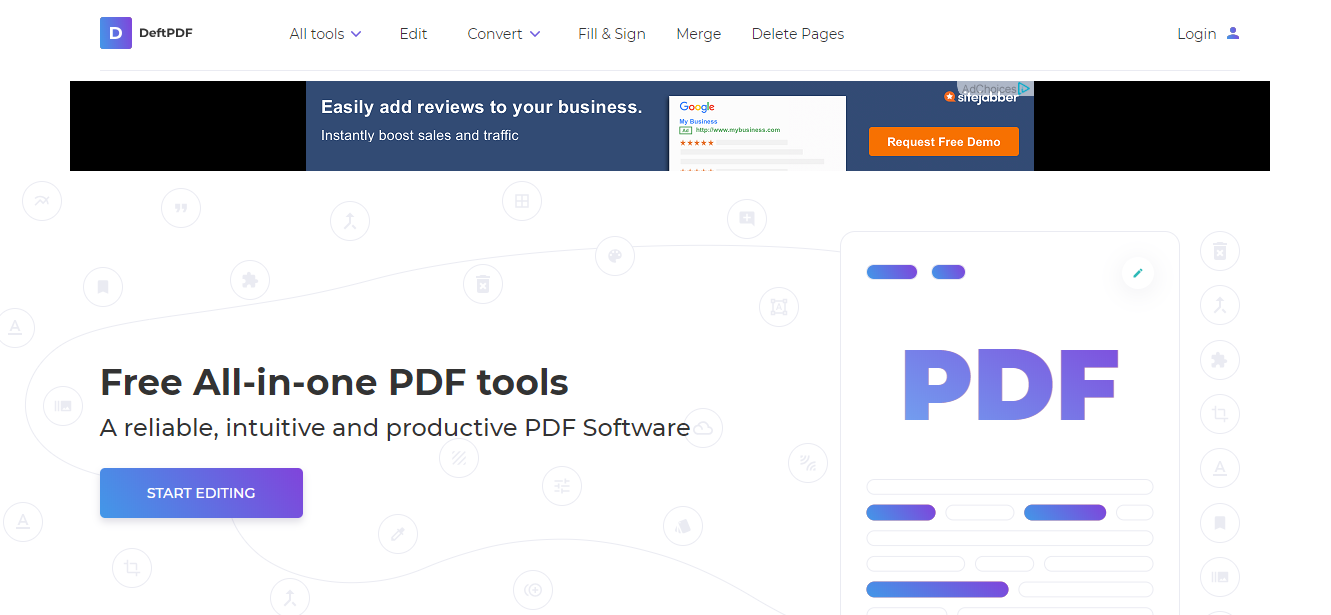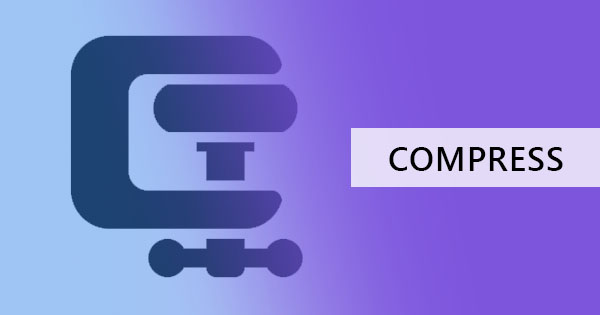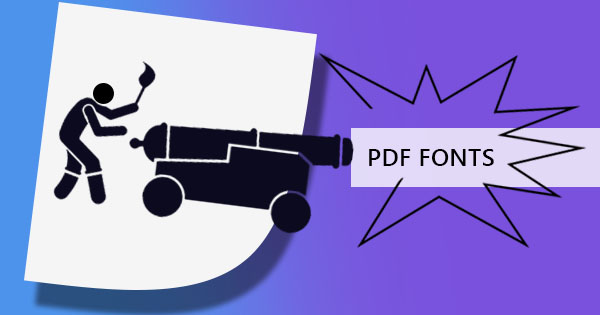
There are plenty of reasons to create a PDF eBook online. It can add value to your website, add a good addition to your profile or be an extra revenue in the long haul. PDF eBooks are also easy to create and all you need are simple tools to make one. Let’s start by knowing what an eBook is and what are the tools you need.

What is an eBook?
An eBook literally means “electronic book” and as described by Wikipedia, it is “a book publication made available in digital form, consisting of text, images, or both, readable on the flat-panel display of computers or other electronic devices.” With the availability of eBooks online, consumers are able to afford more books and access it immediately as soon as it is purchased and downloaded. In some cases, some popular websites and bloggers give out eBooks for free to be able to attract more readers.
Why should you create an eBook?
As mentioned above, an eBook is a great addition for your profile or website because it adds exposure and value to you. eBooks are usually made with compatible formats such as PDF files and are easily shared online. With PDF files readily available on reader’s desktops, brand recalls are often achieved and people are often reminded of your website or your profile which in the long term can convert into revenue. Having an eBook is also another way of earning online as you can sell an eBook in popular sites such as Amazon, Lulu or even in your own website. Lastly, creating your own eBook can also get you, loyal subscribers. Consumers and readers nowadays are hungry for something free or something they can instantly get and what better way to introduce yourself to them than to provide them a little taste of your content!
Tools to get you started
When starting out, creating an eBook doesn’t necessarily mean you need to have complicated software to be able to achieve this. In fact, your handy tools are readily available right in your laptops as common programs you use every day.

For your writing tools - You can start with your usual Microsoft Word or Google Docs. Some people are more artistically and creatively inclined to write in PowerPoint or Keynote and you may also do this to visually stimulate your mind or envision your images with the words you write.
For your design tools – Beginners are usually recommended to hire professional designers to create the design template of their eBooks and the covers. You can easily hire these designers in popular sites such as Fiverr, Upwork or 99designs. If you have a little to advance experience in designing, your best bet to do this on your own is using online tools such as Canva or using your own tools such as Photoshop.
Steps you need to create the best eBook
Step one: Write
As most mentors say, “content is king” which therefore concludes that the most important part of your eBook is to stay focused on your content and provide valuable information that you can share to your readers. Make sure that your title, topic, theme, and content are all related but at the same time unique so that your readers will not only be delighted with your book but will also recommend you and return to your business or website.
Step two: Format your eBook
When creating your eBook, make sure that the layout, design, and cover are not only visually appealing to the audience but also, your content is personalized and adds value to your readers. Having the same content or general content with other eBooks won’t give you lasting fans. Your layout should also enhance the experience of your readers by giving them a good flow of visual and texts combined.

Formatting your eBook, a few notes should also be considered:
● Make your cover visual and related to your content. A visually appealing cover will always get you new readers but if your content is not related, they may never last long as your audience.
● Decide on a layout that suits your readers and your theme. If your eBook is a novel or a biography, most formats conclude to text-driven themes but if your eBook is something related to a promotion or learning, try something visual and equally distributed text on every page. Sometimes readers do tend to look more on the visual example than the text so they may understand what you are promoting or teaching.
● Make sure to have your table of contents. It may never seem so important to you when you’re creating it but it will always be important to your readers. Scheming through the table of contents is the short cut to knowing that they have the right book on hand before they read, using it as an assurance that their captured attention from your cover is confirmed right.
● Include a title page on the front and for every chapter. The title page includes your name and reminds them of your brand! The page breaks meanwhile, are ways to let your readers know that there’s a whole new topic waiting for them on the next page.
● Include images but make sure to isolate them from the text. Though most of you would want to wrap your text over the image, it is better to give your images its own space as most eBook formats have limitations and may provide you with a different result once converted.
● Indent your paragraphs and make sure your paragraphs are justified. This is one of the most basic writing formats for books that most people forget. The simple gesture of indenting is a way of separating your paragraphs and it lessens text heavy eyesores.
● Copyright your eBook and add a page indicating its copyright information. This will scare away all the copycats who will try to steal your ideas! Looks really professional too!
Step three: Proofread
Before you publish on anything, proofreading is always a requirement. Even in magazines and newspapers, editors are required to check on their writer’s work. It never harms to read your work over or let someone else read it for you. Sometimes, it can also allow you to see and think of better ways to convey your topic. When you do this yourself, make sure you give it another day before reading again. Sometimes, writers become too invested in their work and see things perfect – even if there’s a grammatical error right in front of them.
Step four: Convert to PDF file
Converting is the key to make your eBook secure and superb at the same time. There are different file formats which you can use for your eBook. It can be in .epub, .mobi, or it can also be in PDF. These three formats are preferred and are dedicated to eBook readers. For example, .mobi is a format which is used in Amazon which is automatically converted if you upload your eBook there. Not all formats can easily be made but if you simply want something simple, fast and can be easily reached by your audience, PDF file format is your way to go.
Why convert your eBook into PDF?
Aside from the fact that this format suits most devices, it can easily be distributed and PDF files allow any device to read and see your file in the same layout and font that you have made it be. A PDF file will also make sure that your file will be non-editable, leaving your readers only with your final words. Of course, another benefit of having a PDF file is the fact that it is perfect for printing formats. In case you decide to expand your audience in the print world, it will be ready in this format!

How do I do this for free?
Your simple text format can easily be converted in just a few clicks and it can be done through an online PDF converter like DeftPDF’s word to PDF converter or PPT to PDF converter. This online tool is free for everyone and it does not need any of your credit card information to use it because it is completely free. You may also sign up and sign in to keep track of your files or upload them directly to your google drive or Dropbox accounts once the PDF file is generated.
Using DeftPDF’s online tools are easy to use and it can be summed up to three simple steps – Upload, convert and save! No need to fret about those complicated steps because DeftPDF has already simplified and made the website user-friendly and easy to use.

Step five: Test your eBook
The last step before publishing your eBook is to make sure that you have all the written texts and images in the right places, especially if you are converting it into something else other than a PDF format. Make sure to read it again as if you were the customer and look at each page with your most critical eye because once you have published this in the net, you may never take back the possible mistakes that it may have.
Are you ready to make your own eBook?



